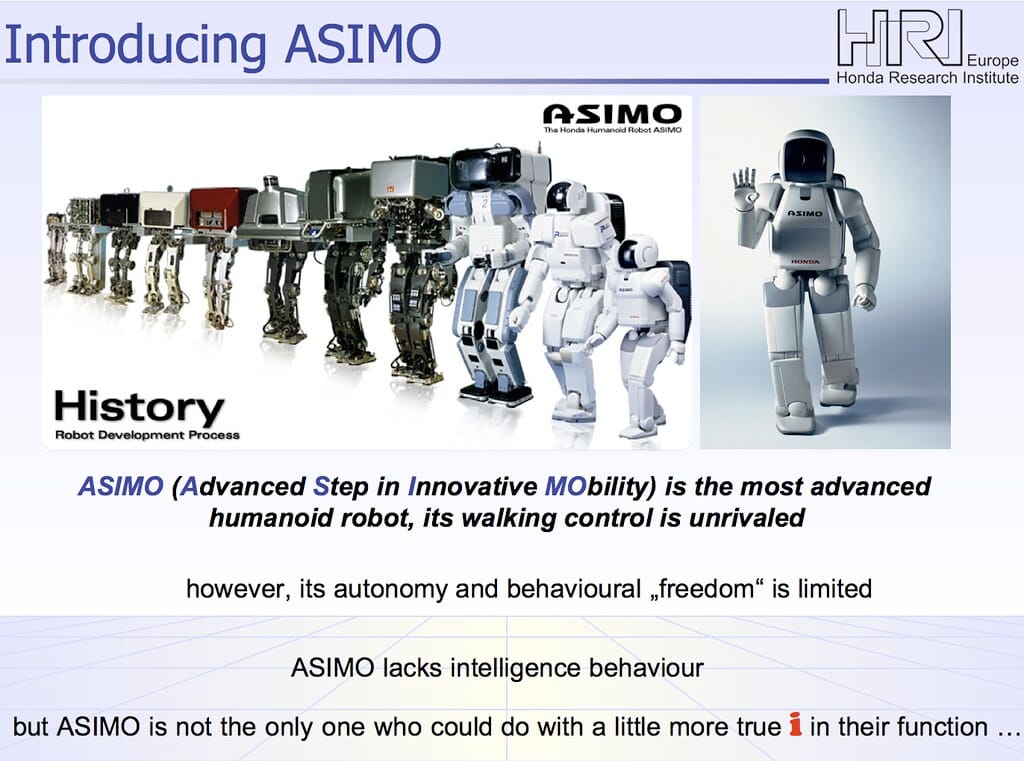Pentagon-Funded Scientists Create Shape-Shifting Robots That "Eat" Other Machines
In a development that sounds like science fiction but is very much reality, Pentagon-funded researchers have successfully created robots capable of fundamentally altering their structure by "consuming" other robotic units. This breakthrough in modular robotics could revolutionize military applications, disaster response, and space exploration while raising important questions about the future of autonomous systems.
The Science Behind "Consuming" Robots
The research, conducted by teams at leading universities with Defense Advanced Research Projects Agency (DARPA) funding, focuses on what scientists call "modular self-reconfiguring robots." Unlike traditional fixed-form machines, these robots can physically incorporate components from other units to adapt their capabilities in real-time.
The process works through sophisticated magnetic coupling systems and standardized connection protocols. When one robot encounters another, it can identify compatible components and integrate them into its own structure. This isn't destruction—it's more akin to biological symbiosis, where both units benefit from the merger.
Dr. Sarah Chen, lead researcher on the project at MIT, explains: "Think of it like biological cells that can share organelles. Our robots can share sensors, actuators, and even processing power by physically connecting and reorganizing their modular components."
Military Applications Drive Development
The Pentagon's interest in this technology stems from clear tactical advantages. Military robots operating in hostile environments often face equipment failure or mission requirements that exceed their original design parameters. Traditional solutions require human intervention or equipment replacement—both risky in combat zones.
These adaptive robots could theoretically repair themselves using parts from damaged units, or combine capabilities to tackle unexpected challenges. A reconnaissance drone could "consume" components from a disabled communication relay to extend its own transmission range, for example.
The research aligns with the Department of Defense's broader push toward autonomous systems that can operate independently for extended periods. Current military robots require significant human oversight and maintenance—limitations that modular, self-reconfiguring systems could overcome.
Technical Challenges and Breakthroughs
Creating robots that can safely and effectively modify their own structure presents numerous engineering challenges. The connection systems must be robust enough for operational use while remaining flexible enough for rapid reconfiguration.
Recent breakthroughs include:
- Universal docking mechanisms that allow different robot types to connect seamlessly
- Distributed processing protocols that enable merged units to share computational resources
- Conflict resolution algorithms that prevent competing robots from interfering with each other during integration
Testing has shown promising results in controlled environments. In one demonstration, a four-wheeled ground robot successfully integrated flight modules from a damaged aerial unit, creating a hybrid vehicle capable of both terrestrial and aerial operations.
Beyond Military Uses
While Pentagon funding drives current development, the applications extend far beyond defense. Emergency response teams could deploy swarms of modular robots that adapt to disaster scenarios in real-time. Space agencies envision missions where robots modify themselves using components from previous expeditions, reducing launch costs and increasing mission flexibility.
The technology could also revolutionize manufacturing, enabling production systems that physically reconfigure based on demand rather than requiring entirely new assembly lines.
Ethical and Safety Considerations
The development raises important questions about autonomous systems and their potential for uncontrolled evolution. Critics worry about robots that could theoretically grow beyond their intended parameters by continuously consuming other units.
Researchers have built in multiple safeguards, including:
- Strict protocols governing when and how integration can occur
- Remote shutdown capabilities for human operators
- Component limitations that prevent unlimited growth
However, the technology's military origins and potential for dual-use applications ensure continued scrutiny from ethicists and policymakers.
The Future of Adaptive Robotics
This Pentagon-funded research represents a significant step toward truly autonomous, adaptive robotic systems. As the technology matures, we can expect to see applications across multiple sectors, from disaster response to space exploration.
The key takeaway isn't the dramatic imagery of robots "consuming" each other, but rather the practical implications of machines that can adapt and evolve their capabilities in real-time. This could mark the beginning of a new era in robotics—one where the line between individual machines and collective systems becomes increasingly blurred.
As development continues, balancing innovation with responsible deployment will be crucial to realizing the technology's benefits while managing its risks.
